Burka, hijab or niqab? What is she wearing?
-
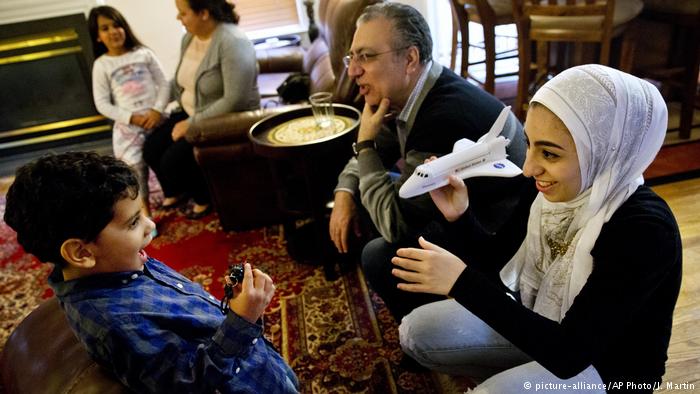
Hijab: most Islamic scholars agree that the hijab, which covers the head and neck, and comes in any number of shapes and colors, must be worn by Muslim women. American teen Hannah Schraim is seen wearing one here while playing with her brother -
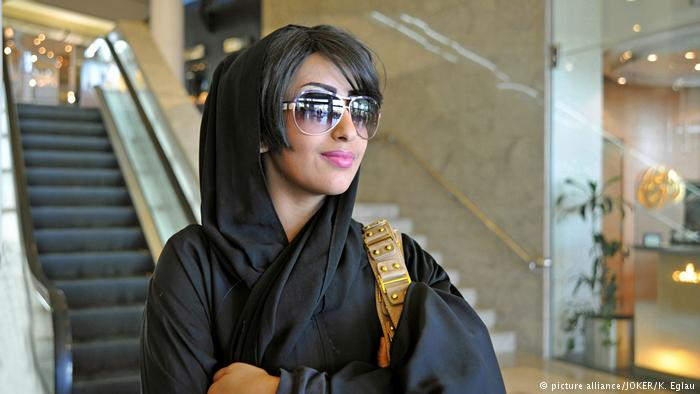
Chador: the chador, which is usually black, is a body-length outer garmet often worn in Iran and among modern-minded women in the Gulf States, as here in Saudi Arabia. It is not fastened with clasps or buttons and therefore has to be held closed by the wearer -
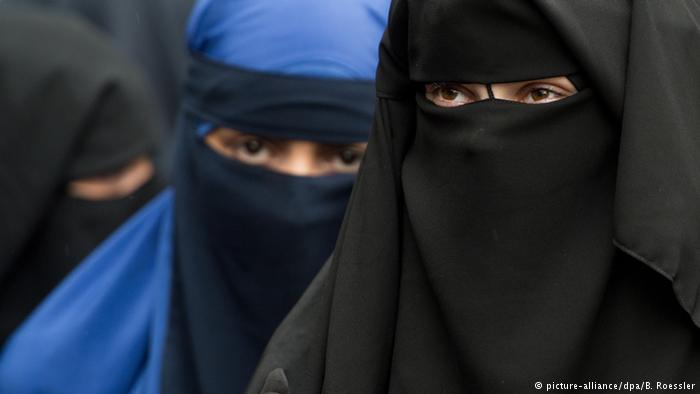
Niqab: a niqab is a veil and scarf that covers the entire face yet leaves the eyes free. It covers a woman's hair, as it falls to the middle of her back and some are also half-length in the front so as to cover her chest. Here it is being worn by women attending a rally by Salafist radicals in Germany -
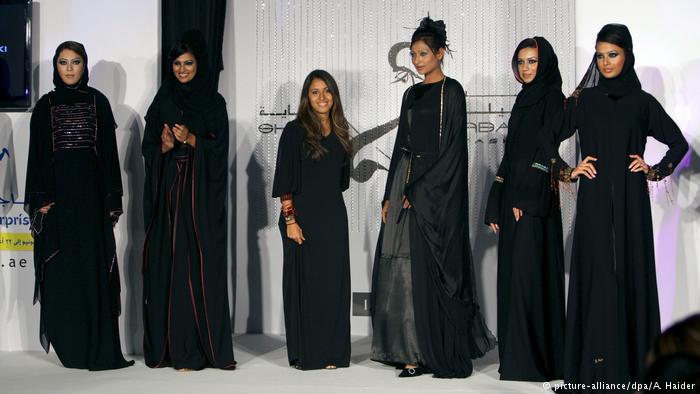
Abaya: an abaya is a loose-fitting, full-length garment designed to cover the body. It may come in many different styles – as seen here at an Arab fashion show – and is often worn in combination with hijab or niqab -

Burka: the burka is the most extensive of all Muslim garments, covering the entire body from head to toe. It traditionally has a woven mesh area around the eyes to allow women to see. In this case enabling them to cast their ballots in Pakistani parliamentary elections -
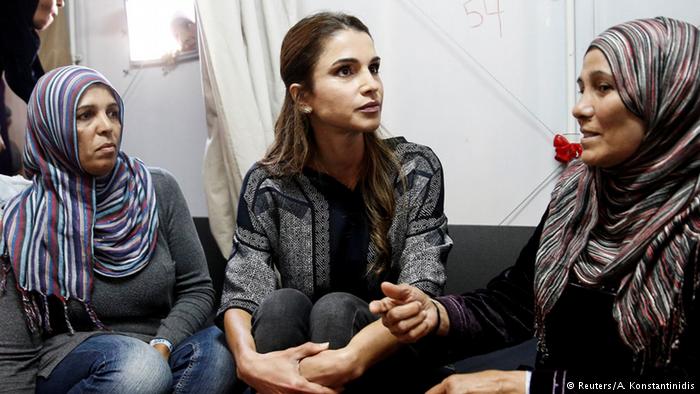
No veil: Queen Rania of Jordan says that Islam does not coerce women to wear any head coverings, and that it is more important to judge a woman by her ethics and values, rather than what she wears. She is seen here meeting with refugees in Greece. Author: Jon Shelton
https://qantara.de./en/node/10917
Link
To all image galleries
